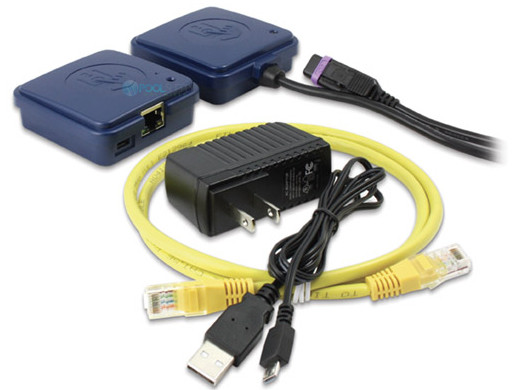- May 30, 2012
- 1,944
- Pool Size
- 17000
- Surface
- Vinyl
- Chlorine
- Salt Water Generator
- SWG Type
- Hayward Turbo Cell (T-CELL-5)
Is there anything I should know about adding wireless control to a Bullfrog A6 Spa with a Gecko in.stream 2 controller, it is as really as simple as it looks.
1) Plug one module into the CO port on the controller (and place the module somewhere appropriate in the equipment bay
2) Plug the other module into the Ethernet jack on my router
3) Download the Bullfrog Cloud Control app and set it up
I did not get it as an option when I bought it, but I can see it being useful in the winter to adjust temperature before a soak.
for under $200 it is worth it to me

 www.poolsupplyunlimited.com
www.poolsupplyunlimited.com
1) Plug one module into the CO port on the controller (and place the module somewhere appropriate in the equipment bay
2) Plug the other module into the Ethernet jack on my router
3) Download the Bullfrog Cloud Control app and set it up
I did not get it as an option when I bought it, but I can see it being useful in the winter to adjust temperature before a soak.
for under $200 it is worth it to me

Gecko Alliance In-Touch 2 RF Wi-Fi Interface Modules for Spa | 0608-521020
Pool Supply Unlimited has some of the best prices when shopping for Gecko Alliance In-Touch 2 RF Wi-Fi Interface Modules for Spa | 0608-521020

